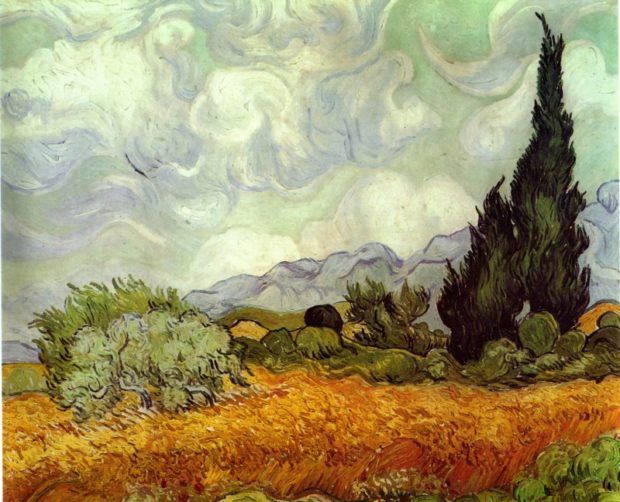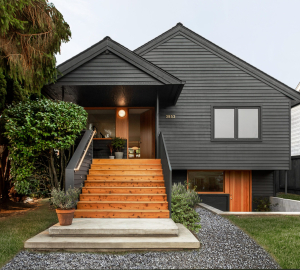Sketching, drawing and painting are all skills that allow us to find our own, unique artistic expression. We turn to our tools – be it a pencil or a Filbert brush – when we need a creative release, a moment of introspection or simply when the mood strikes.
There are many different styles of art, and while some might stick to one particular school, others dabble with various forms depending on the moment or, in the case of professional artists, the assignment. One style most artists and amateurs will experiment with at one point or another, is natural form art. There have been many well know natural form artists throughout history and the attraction is simple: you’ll never have to look or go far for inspiration – sit in the grass, below a tree or look out of your window, and you’re good to go.
If you haven’t yet experimented with natural form art, you are missing out on a whole world of artistic possibilities. Are you ready to give it a try? Here are a few tips to get you going.
Have a read of this: https://www.stylemotivation.com/10-astonishing-still-life-artworks/

Experience the Outdoors
Before you retreat into your painting cave to get started, go on a long, leisurely and, above all, mindful walk in the forest, along the beach or your local park. Look around you – study the trees and the leaves they carry. Pick up pinecones, shells and stones, study flowers, insects and plants and really get a feel of their textures, their structures and overall appearance. Though you can always pull up on image online to paint from, nothing beats establishing a personal relationship and experience with your chosen subject.
Decide on Your Medium
Once you have decided on which natural form you want to work with, decide on whether you will be drawing or painting it. There are some incredible videos on YouTube that will talk you through all the things you will need to pay attention to, especially if you decided on painting your natural form. YouTube’s The Art Sherpa is a great channel offering various acrylic painting lessons for all ages and all levels. Regardless of whether you have had experience with painting before or not, these video-lessons will allow you to jump right in, and you’ll be surprised to see what you will have accomplished at the end.
Have a read of this: https://www.stylemotivation.com/confined-creative-6-steps-letting-imagination/
Get Set Up
Prepare your workspace properly by anticipating your needs during this drawing/painting session. Clear enough space on your desk or set up an easel and ensure that everything is ready for you to sit/stand and work comfortable. Gather all the tools you will be needing– pencils, chalk, brushes, water, paint, etc. – around you and set yourself up for greatness!
Practice Sketching
Even if you’ve decided on water colours or impasto for your first try at natural form, allow yourself to get a feel of your chosen shape by sketching it – first on to a loose sheet of paper or your notebook. Repeat or refine until you feel more comfortable with the object before you sketch it onto your canvas or chosen work surface. If you are working on canvas, chalk is always a good alternative to pencil as it allows you to simply rub out any mistakes without stressing the canvas as much as you would erasing pencil.
Relax Into It
If you have already spent a lot of time studying natural shapes, forms and textures you will understand that they are often quite complex – even if they don’t seem to be to the untrained eye. Think of pinecones, gastropod shells and yes, even cauliflower – they all follow the golden ratio. The more time you spend relaxing into natural form art, the closer you will come to finding nature’s golden ratio in your own work.



